There’s a proven way to help kick opioids. Not enough in Michigan use it
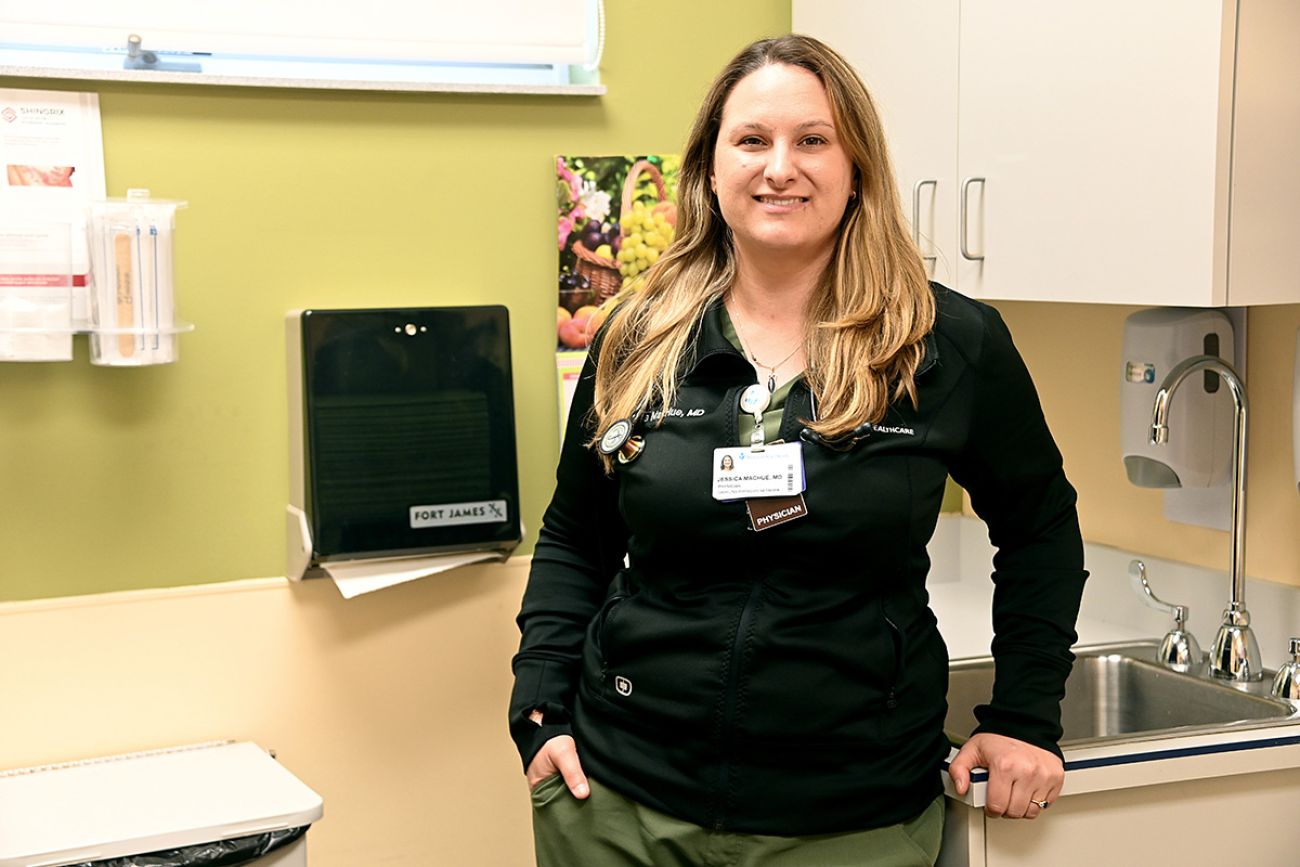
- State and federal rules now make it easier to prescribe buprenorphine, often dispensed as Suboxone — an effective way to beat back addiction
- Despite that, there hasn’t been a jump in patients getting that care
- Stigma, lack of transportation are among the possible reasons why
INKSTER — Ten brown metal folding chairs sat empty; a package of bottled water and a stack of Allison Herrst’s opioid recovery brochures remained untouched.
It was a Thursday afternoon, and the fourth consecutive time nobody showed up for a meeting to start a new chapter of Medication-Assisted Recovery Anonymous, or MARA — an international support group for people who use medications such as methadone, buprenorphine or naltrexone to help beat back addiction.
“I know we are needed,” said Herrst, who as executive director of Recovery Action Network of Michigan, a new organization providing services in western Wayne County, is trying to start the MARA chapter.
She swiveled to face the door, which had not opened in the nearly one hour she had waited, despite several people who had walked up to it and peered through its window.
“I just need to get them here,” Herrst said.
Related:
- Beyond methadone: Trio of drugs treat opioid use disorder
- As opioid funds flood Michigan, tensions rise over how best to reverse ODs
- Michigan opioid settlement dollars sit unspent as crisis rages
- Fighting Michigan's opioid crisis with new needles, purer drugs, respect for addicts
The U.S. Food and Drug Administration has approved three types of drugs to treat opioid use disorder. Each of the three snap onto receptors in the brain, disrupting the effect of alcohol and opioids, quieting cravings and returning body functions to normal.
But while one of those three drugs, methadone, launched this treatment approach in the early 1970s, Herrst and others who have turned to this kind of treatment say they sometimes struggle to be accepted as recovering.
After all, using drugs to kick other drugs is starkly different from the kind of cold-turkey quit, abstinence-based route to sobriety more often associated with traditional programs such as Alcoholics Anonymous and other 12-step programs, such as Narcotics Anonymous.
Those differences have at times divided the recovery community between those who strictly adhere to an abstinence-only approach and those for whom medications keep them from relapse.
“Some people can quit and never go back,” says Herrst, from this room at Western Wayne Family Health Center's Inkster location. She relapsed several times early on, she said.
She still struggles, 10 years deep now into sobriety.
“Recovery looks different for everyone,” she said.
One drug for another? It works.
Years of research make it clear: Medication-assisted treatment works.
Several studies, in fact, have concluded that treatment with methadone and buprenorphine can cut overdose deaths among people with opioid use disorder by as much as half. Some argue that abstinence-only approaches may work well for people in early stages of addiction, but for those with long-time opioid use disorder, medications are critical.
Simply, “if people have access to it, they do better,” said Dr. David McGreaham, medical director of the Northern Michigan Opioid Response Consortium, part of the Michigan Center for Rural Health.
For her part, Herrst, 40, is now a limited licensed social worker and mother. But just more than a decade ago, she was headlocked in an addiction rooted in 2007 from painkillers taken after a snowboarding accident.
She used to buy pills in the nearby high-rise apartment complex.
“I told myself I wasn’t an addict as long as I didn’t use needles,” she told Bridge.
Once prescribed buprenorphine, she first failed, in part, because there were those who argued her recovery wasn’t real — that she was just replacing one drug with another, she said.
Sobriety dates are a source of pride and strength in the darkest days, Herrst said: “I’d forget my birthday before my sobriety date.”
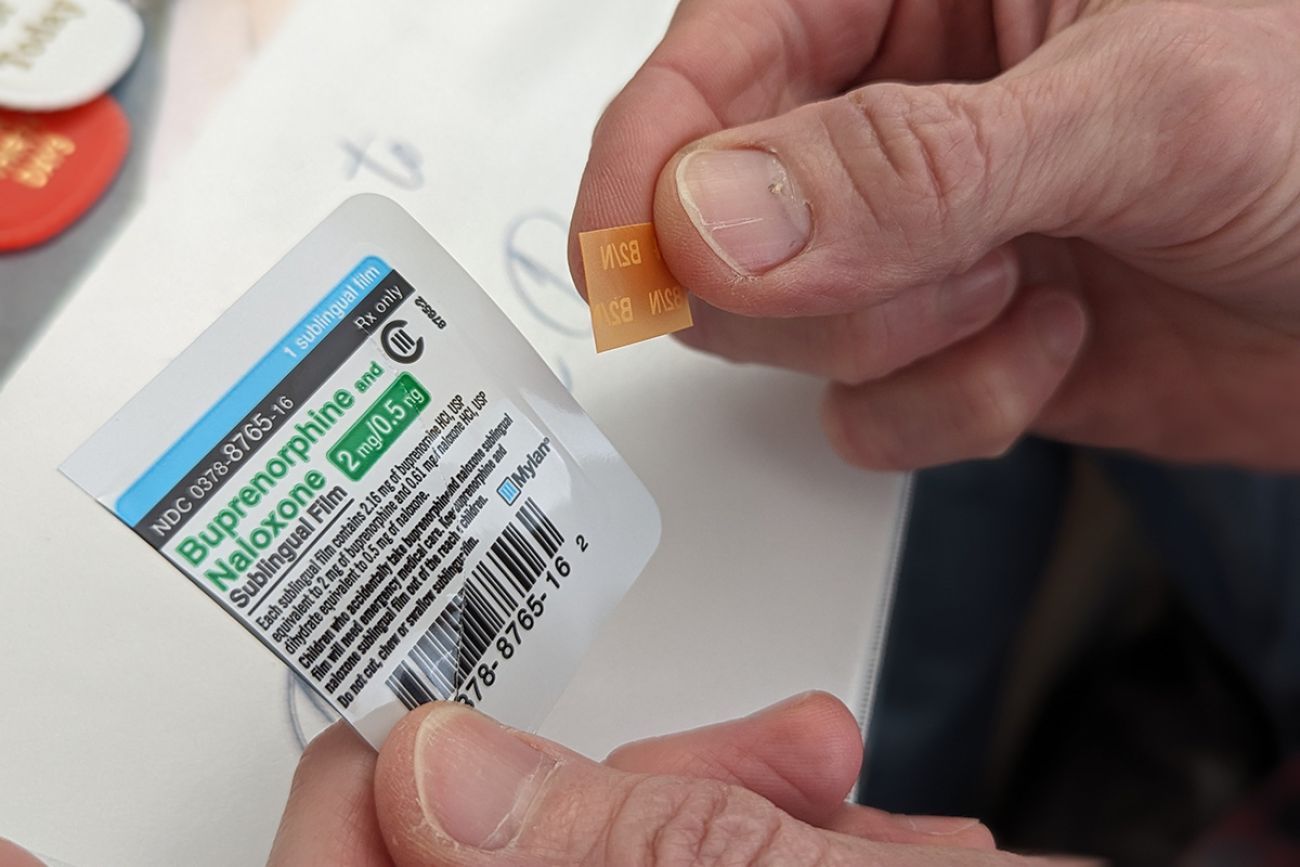
To be told the date is just like any other?
“That stigma is very real in recovery, and it’s incredibly damaging,” she said. “It can make you feel like, for all the work you’re doing and all you’re going through, it’s not real. That you’re still, I don’t know, a loser.”
MARA defines itself as “a support group of people who believe in the value of medication as a means to recovery. … Non-judgement is our code.”
But for those welcoming words,the circle of empty metal seats seems to symbolize the struggle over providing medication assisted treatment and support in Michigan.
A tiny orange slip.
In a Grand Rapids waiting room at the Sanford House treatment campus this spring, a 55-year-old man slipped an orange, translucent slip of medication under his tongue while he waited for his appointment with a psychiatric nurse practitioner.
It is Suboxone, a version of buprenorphine, a drug commonly used in medication assisted treatment.
“Just for Today,” his T-shirt read — a nod to the success of every day he remains sober. A wad of plastic key tags on the table marked his milestones to recovery: “Clean and serene for thirty days,” reads one. Another: “Clean and serene for six months.”
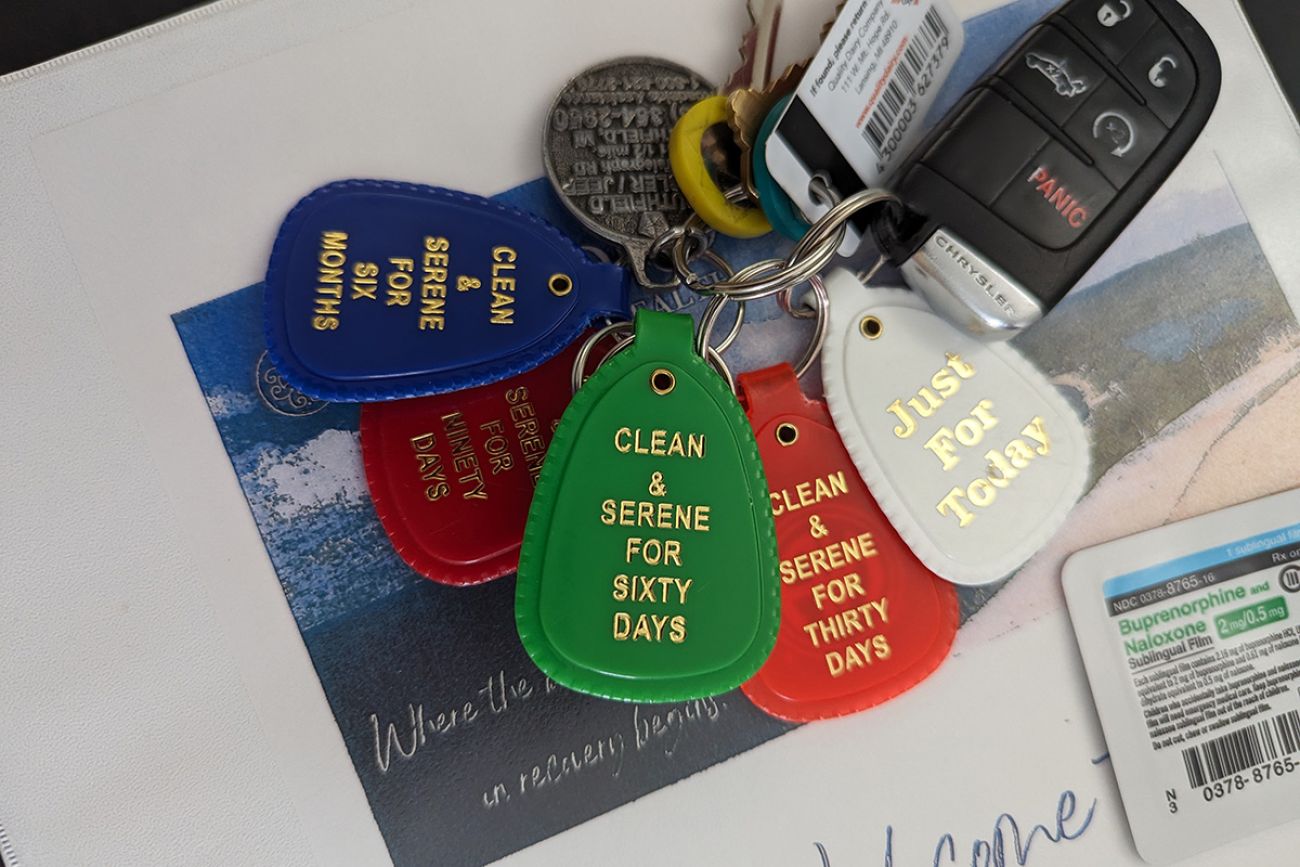
The man, who asked not to be named because he works with Michigan’s state government, drives here to Sanford House once a month for these appointments.
The seven-hour round trip isn’t optional, he said. He hasn’t been able to find a provider closer to his home, to help provide the medications that fortify his fight against addiction that’s three-decades deep.
This monthly supply of Suboxone keeps the hell of withdrawal at bay, he said: “Have you ever been held underwater too long? You can’t breathe. You struggle. You panic. You do all you can to reach the surface again to get that gasp of air.”
Without Suboxone, an addicted, traitorous brain lies. It says your next hit is that lungful of air. Your only chance at survival, he said.
“So yeah, you’ll use that dirty needle,” he said. “You’ll do whatever you can to breathe again.”
But Michigan, like other states, has long struggled to provide medication assisted treatment.
The Michigan Department of Health and Human Services outlined the barriers to care in a 2022 report, which concluded that the state had too few prescribers who would offer care and too few pharmacies that would dispense the medications.
At the same time, two in five patients reported struggling to find transportation to get to appointments; one in six said they had missed at least one dose of their treatment drugs because of it.
Advocates now hope that recent changes in federal and state policy will make a difference.
Easing restrictions
In January, 2023, the federal-level, so-called X waiver was eliminated to allow clinicians to more easily offer buprenorphine.
Moreover, the Biden administration made available federal grants to help doctors incorporate medication assisted treatment into their practices. And in recent years, doctors have been able to prescribe buprenorphine through telehealth.
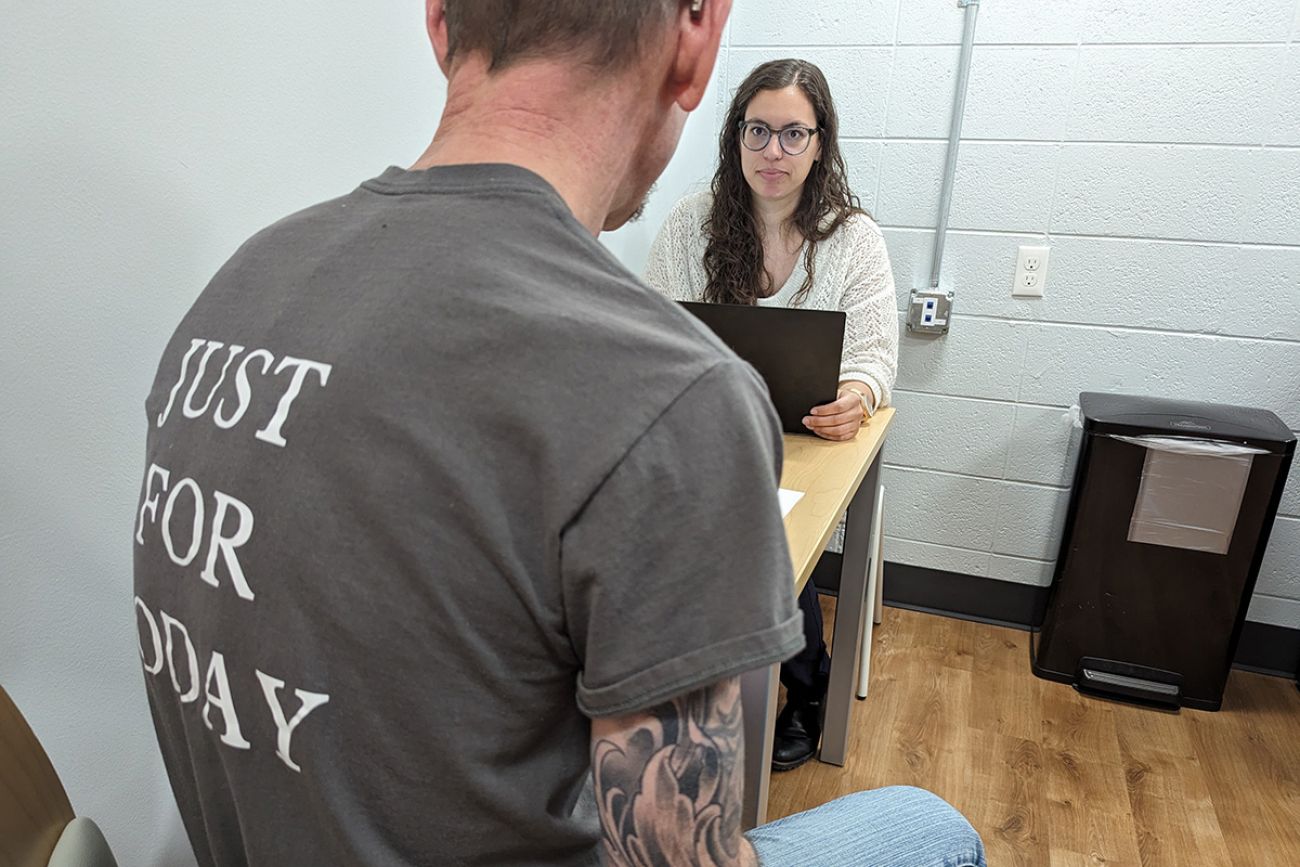
Meanwhile, Michigan had dropped a requirement that doctors seek prior authorization from insurance companies before prescribing buprenorphine. Additionally, the state’s Opioid Prevention Engagement Network began providing a network of specialists on standby for doctors with questions about treatment plans.
“Even though you have the ability to prescribe” as a doctor, “you're kind of reluctant to take on complicated patients,” said Debra Pinals, medical director of behavioral health program at the Michigan Department of Health and Human Services.
Having consulting doctors on standby for complicated cases eases that worry and improves care, she said.
Change is … slow.
Taken together, those policy shifts should have significantly expanded access to buprenorphine.
It hasn’t yet, a team of University of Michigan researchers found.
As it turns out, the number of buprenorphine prescribers increased rapidly in 2023. By the end of the year there were more than 53,600 clinicians prescribing buprenorphine nationally — an increase of 11,500 from the previous year, according to data published earlier this month in the New England Journal of Medicine.
The problem? There wasn’t a corresponding increase in patients receiving that care, said Dr. Kao-Ping Chua, co-director of the Research and Data Domain at the U-M Opioid Research Institute and lead author of the report.
That held true in Michigan, too. While the number of clinicians who prescribed buprenorphine in 2023 to a Michigan patient at least once increased from 1,407 to 1,733 over 12 months — about 23%, the number of patients increased from 25,714 to 25,925, less than 1%.
Busy doctors still may be hesitant to add a lot of complex patients to their caseload. Indeed, deciding to prescribe medications for recovery is not an easy decision, said Dr. Jessica MacHue.
The family medicine physician in Prudenville is part of a Munson Healthcare effort to establish a network of providers and support for medication assisted treatment.
“I do have some hesitations still around, like how challenging this work might be,” she told Bridge.
Patients with substance use disorders often require a lot of time, she said.
“A lot of people that have challenges with substance use have a lot of social challenges,” she said. “My treatment plan can be amazing. And it can all fall apart the second they walk out the door to food instability” homelessness, transportation issues and mental health challenges.
Still, she said, she hasn’t regretted the decision.
“I was seeing how limited the treatment options were for patients,” she said.
Resolute
Back in Inkster, it’s two weeks later, Herrst’s sixth attempt at a support meeting. A single person showed up, limping in on a foot in a medical boot.
Herrst pushes up from her own folding chair and sighs during this nearly empty room again, and begins collapsing the empty chairs to hang on a nearby rack. She’ll have to repack the supplies she splayed out on the tables just an hour ago for the sixth time in as many weeks, too.
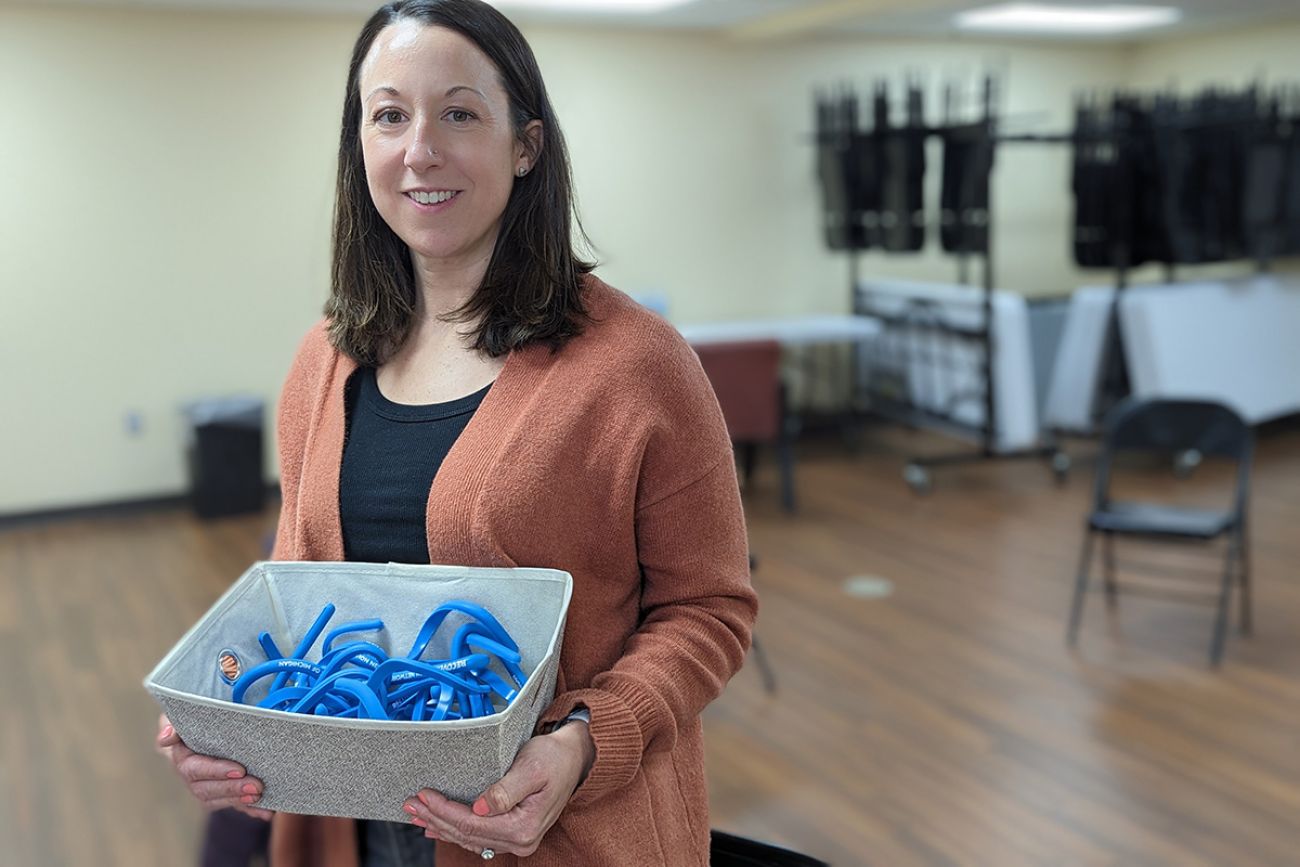
It has been another no-show week. But she’s undaunted.
“Maybe it’s the time — a Thursday afternoon. Maybe it’s that the word hasn’t gotten out yet,” she said. “Maybe it’s a problem that people can’t get here. Maybe it’s a bad time because it’s after school and they have kids.
“They need to know that we understand,” she said, a wad of bright blue fidget spinners making a thunk as it hits the bottom of a plastic tote. “They need to know there are people who support them and that they can do this. Knowing that someone’s on your side — that can make all the difference.”
See what new members are saying about why they donated to Bridge Michigan:
- “In order for this information to be accurate and unbiased it must be underwritten by its readers, not by special interests.” - Larry S.
- “Not many other media sources report on the topics Bridge does.” - Susan B.
- “Your journalism is outstanding and rare these days.” - Mark S.
If you want to ensure the future of nonpartisan, nonprofit Michigan journalism, please become a member today. You, too, will be asked why you donated and maybe we'll feature your quote next time!








